The Rise of Multifunctional Spaces: How 2025 is Redefining Home Design
In 2025, home design is undergoing a transformative shift, embracing the concept of multifunctional spaces. With changing lifestyles, the rise of remote work, urbanization, and a growing demand for efficiency, homes are being designed to serve multiple purposes. No longer are rooms restricted to singular functions; instead, they are being reimagined to maximize utility, comfort, and style.
This article explores how multifunctional spaces are redefining home design, the key trends driving this evolution, innovative solutions, and practical ways homeowners can embrace this concept to enhance their living spaces.
Why Are Multifunctional Spaces Gaining Popularity?
1. Rise in Remote Work and Hybrid Work Models
The pandemic accelerated the shift to remote work, and it has now become a long-term reality for many professionals. Home offices are no longer an afterthought; they are integrated into living spaces with smart solutions.
With hybrid work models becoming the norm, homeowners are prioritizing dedicated workspaces that blend seamlessly with their living environment. Ergonomic furniture, noise-canceling elements, and adaptable lighting are being integrated into multifunctional home offices to enhance productivity and comfort. Additionally, fold-out desks and hidden workstations provide flexibility for those who do not have a separate office room.
2. Smaller Living Spaces in Urban Areas
As urbanization continues, homes and apartments are getting smaller. The need to optimize space has led to creative, space-saving solutions that make compact living more comfortable and functional.
The rising cost of real estate has pushed homeowners to rethink their interior layouts. Compact apartments now feature built-in furniture, retractable beds, and modular seating to maximize floor space. Designers are focusing on vertical space utilization, such as wall-mounted shelves and hanging storage solutions, to ensure that every square foot is used efficiently.
3. Sustainability and Minimalism
The shift toward sustainable living encourages homeowners to adopt fewer, but more versatile, furnishings and design elements. Multifunctional spaces reduce material consumption and waste.
Minimalist design principles promote clutter-free living, where every item serves a purpose. Sustainable materials such as bamboo, recycled wood, and energy-efficient appliances are becoming popular choices. Homeowners are also embracing multi-use furniture that eliminates the need for excessive decor, reducing their carbon footprint while maintaining a stylish aesthetic.
4. Technological Advancements in Smart Home Design
Innovations in furniture, lighting, and home automation have made it easier to create adaptable spaces that change function with minimal effort.
Smart homes now feature voice-activated assistants, app-controlled lighting, and automated furniture that adjusts to the homeowner’s needs. From retractable kitchen counters to AI-powered workstations, technology is playing a key role in making multifunctional spaces more efficient and user-friendly.
Key Trends in Multifunctional Spaces
1. Convertible Furniture and Modular Design
- Murphy Beds & Foldable Desks: These classic space-saving solutions are getting a modern upgrade with smart, automated versions.
- Modular Sofas & Dining Tables: Adjustable furniture that can be rearranged based on the needs of the moment is becoming essential in homes.
- Wall-Mounted Desks & Hidden Storage: These features allow homeowners to maintain a clean and uncluttered aesthetic.
2. Home Offices That Blend Seamlessly
- Work-From-Home Nooks: Instead of dedicating an entire room to a home office, workspaces are being integrated into living rooms, kitchens, and bedrooms.
- Hidden Desks & Fold-Out Workstations: These allow people to easily switch between work mode and relaxation mode without cluttering the space.
- Acoustic Panels & Smart Lighting: These additions enhance focus and productivity by reducing distractions and optimizing brightness.
3. The Living Room as a Multi-Use Hub
- Entertainment & Workspace Combo: A living room can serve as a family space, a theater, and a work area with the right setup.
- Sliding Partitions & Smart Dividers: These help define spaces without permanent walls, making rooms more adaptable.
- Augmented Reality & Virtual Meeting Spaces: With advancements in AR, living rooms are becoming more interactive, catering to both entertainment and work needs.
4. Kitchens with Dual-Purpose Islands
- Cooking & Dining Combined: Kitchen islands now serve as prep areas, dining tables, and workstations.
- Smart Storage Solutions: Pull-out shelves, hidden compartments, and retractable counters maximize utility.
- Integrated Smart Appliances: Fridges with touchscreen displays and voice-controlled ovens add efficiency to kitchen spaces.
5. Bedroom Transformations
- Foldable Beds & Convertible Workspaces: Bedrooms now incorporate work desks that tuck away or Murphy beds that reveal hidden seating areas.
- Smart Lighting & Soundproofing: These elements make bedrooms adaptable for relaxation, work, and entertainment.
- Multi-Functional Closets: Walk-in closets now feature dressing areas, laundry stations, and even compact workout spaces.
6. Bathroom Innovations for Efficiency
- Spa-Like Features: Bathrooms are doubling as wellness spaces, with built-in saunas and hydrotherapy tubs.
- Space-Saving Vanities & Storage: Wall-mounted sinks and floating shelves free up floor space.
- Smart Mirrors & Water-Efficient Fixtures: These add convenience while promoting sustainability.
7. Outdoor Spaces as Extensions of Indoor Living
- Balcony Workspaces & Green Areas: More homeowners are converting balconies into mini-gardens, meditation zones, or remote work areas.
- Patio Flexibility: Decks and patios are being designed to function as dining areas, lounges, or outdoor movie theaters.
- Weather-Adaptive Elements: Automated awnings and heating solutions allow outdoor spaces to be used year-round.
The Role of Smart Technology in Multifunctional Spaces
- Automated Furniture – Smart furniture, such as height-adjustable desks and robotic beds, enhances adaptability.
- Smart Lighting – Lighting systems that adjust based on activity, such as work, relaxation, or exercise, help in defining multifunctional areas.
- Voice-Controlled & App-Integrated Home Features – From smart thermostats to automated blinds, technology plays a key role in space transformation.
- AI-Driven Space Optimization – Smart home systems are using AI to recommend the best layouts and furniture placements based on usage patterns.
Practical Tips for Homeowners Looking to Create Multifunctional Spaces
- Declutter and Prioritize Essential Items – Keep only what’s necessary to maintain a clean, functional environment.
- Use Multi-Purpose Furniture – Invest in pieces that serve more than one function, such as storage ottomans or fold-out tables.
- Incorporate Smart Storage Solutions – Hidden cabinets, built-in shelves, and under-bed storage can free up valuable space.
- Leverage Vertical Space – Use wall-mounted shelves, hanging organizers, and tall bookcases to maximize storage.
- Opt for Flexible Layouts – Use lightweight, movable furniture to easily reconfigure rooms based on different needs.
- Invest in Sliding Doors & Room Dividers – These help create temporary partitions for privacy when needed.
- Consider Neutral Color Palettes – Lighter shades make spaces feel more open and adaptable to different functions.
Conclusion
Multifunctional spaces are shaping the future of home design in 2025, allowing homeowners to make the most of their living environments. Whether through smart technology, convertible furniture, or efficient layouts, homes are becoming more adaptable, functional, and stylish. As home renovation continues to evolve, embracing multifunctionality ensures that spaces remain practical and aesthetically pleasing for years to come.
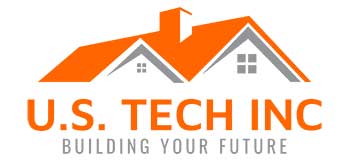
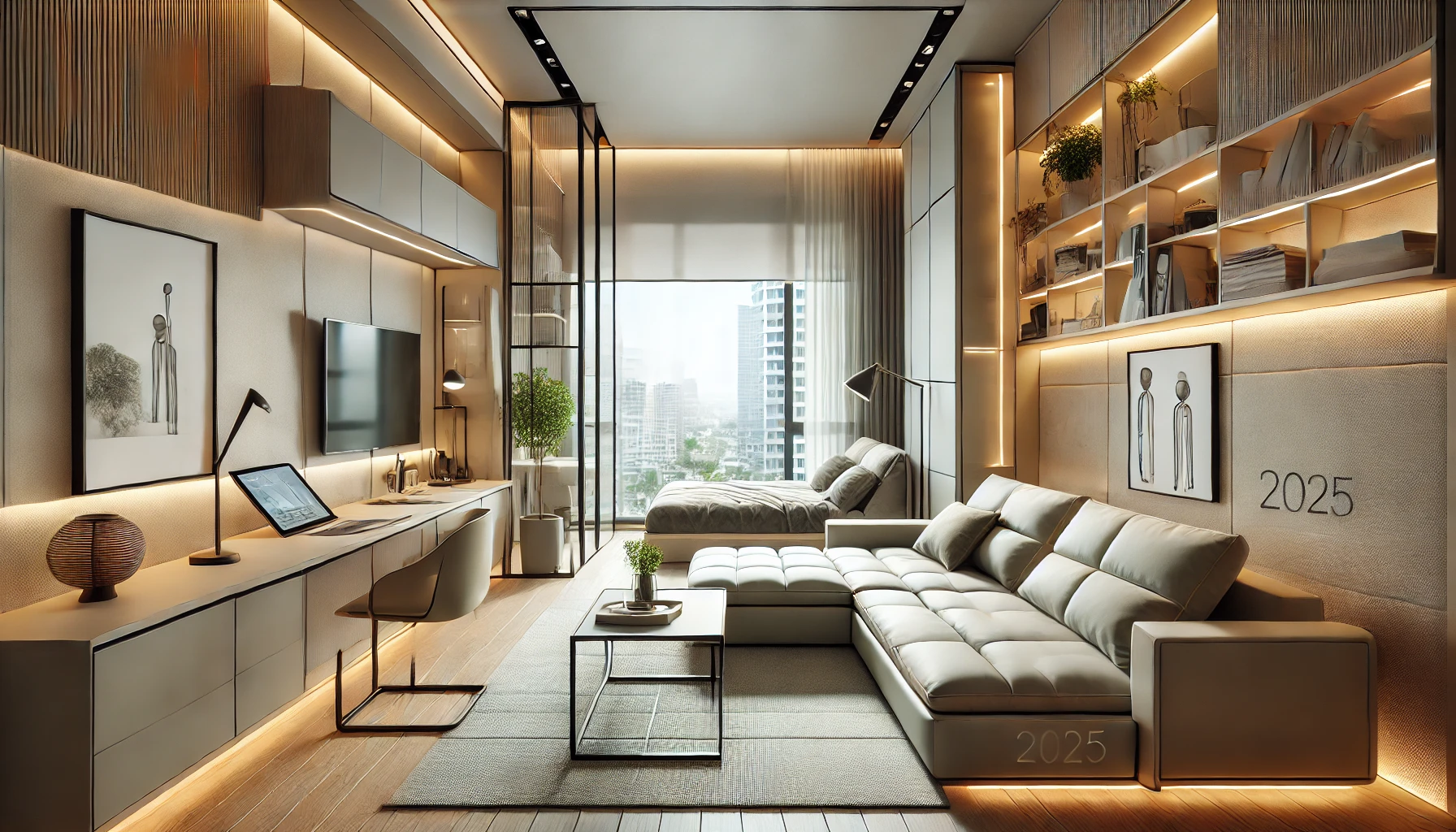

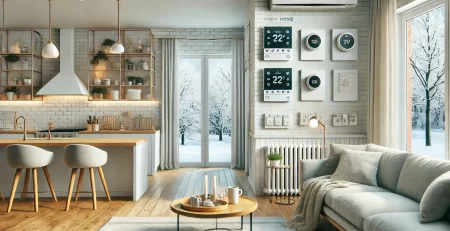
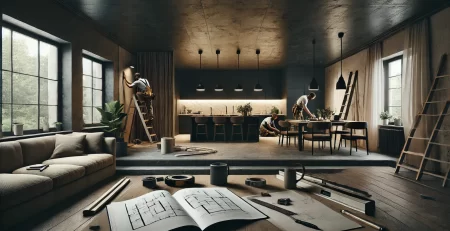



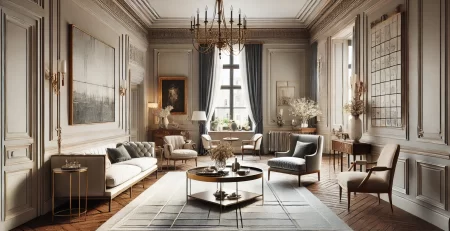



Leave a Reply